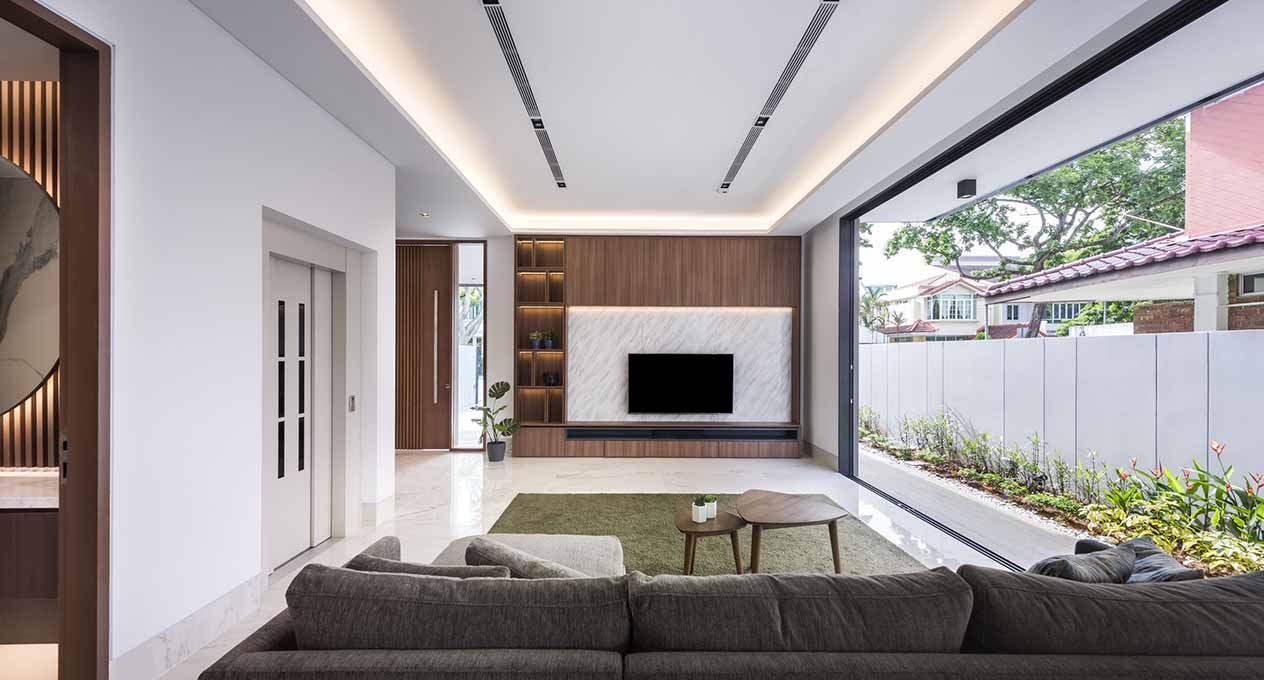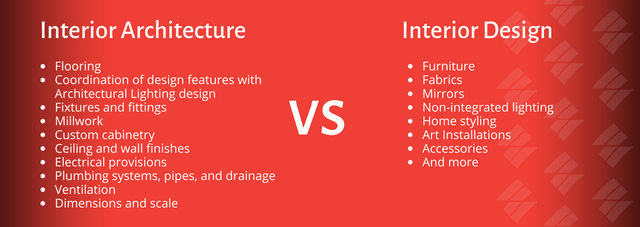The Art of Balance: Exactly How Interior Design and Home Designer Collaborate for Stunning Results
In the world of home design, striking an equilibrium in between appearances and performance is no tiny accomplishment. This delicate balance is attained through the unified cooperation between indoor designers and designers, each bringing their one-of-a-kind competence to the table. Keep with us as we explore the ins and outs of this collaborative procedure and its transformative impact on home design.
Comprehending the Core Distinctions In Between Interior Style and Home Architecture
While both Interior Design and home style play essential roles in producing cosmetically pleasing and useful spaces, they are inherently various techniques. Home style primarily focuses on the structural elements of the home, such as constructing codes, safety regulations, and the physical building of the area. It handles the 'bones' of the structure, dealing with spatial measurements, bearing walls, and roofing system styles. On the other hand, Interior Design is much more concerned with enhancing the sensory and visual experience within that structure. It involves selecting and arranging furnishings, choosing color schemes, and incorporating decorative components. While they function in tandem, their duties, obligations, and locations of expertise deviate dramatically in the production of an unified home atmosphere.
The Synergy Between Home Style and Interior Decoration
The harmony in between home design and Interior Design hinges on a shared vision of style and the enhancement of practical looks. When these two areas line up harmoniously, they can transform a living space from average to phenomenal. This collaboration calls for a deeper understanding of each technique's principles and the capability to create a natural, visually pleasing setting.
Unifying Design Vision
Merging the vision for home architecture and indoor style can develop an unified living area that is both useful and visually pleasing. It promotes a synergistic technique where building components complement indoor style elements and vice versa. Thus, unifying the design vision is important in mixing design and interior design for spectacular results.
Enhancing Practical Appearances
Exactly how does the harmony between home architecture and Interior Design boost useful visual appeals? This harmony allows the creation of areas that are not just aesthetically appealing but likewise comfortably useful. Engineers prepared with their structural design, making sure that the room is effective and useful. The indoor designer then enhances this with carefully selected aspects that boost the appearances without compromising the performance. This unified partnership can cause homes that are both lovely and liveable. For example, an engineer could design a home with high ceilings and huge home windows. The indoor designer can then highlight these attributes with high plants and sheer drapes, specifically, thus improving the visual allure while keeping the practical benefits of all-natural light and spaciousness.
Importance of Cooperation in Creating Balanced Spaces
The partnership between interior developers and architects is crucial in producing well balanced areas. It brings consistency between design and architecture, giving birth to rooms that are not only cosmetically pleasing however additionally useful. Checking out effective collective approaches can offer understandings into exactly how this harmony can be properly accomplished.
Integrating Design and Design
Equilibrium, a necessary aspect of both Interior Design and architecture, can just absolutely be achieved when these two areas operate in harmony. This harmony is not simply a visual factor to consider; it affects the capability, resilience, and ultimately, the livability of a space. Interior engineers and designers should comprehend each various other's duties, appreciate their expertise, and communicate successfully. They have to take into consideration the interplay of structural elements with decoration, the circulation of rooms, and the influence of light and shade. This collaborative procedure results in a cohesive, well balanced layout where every component has an objective and adds to the total visual. Integrating style and design is not simply about creating beautiful spaces, yet concerning crafting areas that work flawlessly for their inhabitants.
Successful Joint Techniques

Instance Studies: Successful Integration of Layout and Style
Examining several study, it emerges just how the effective assimilation of Interior Design and design can transform a space. The Glass Residence in Connecticut, renowned for its minimalistic style, is one such instance. Designer Philip Johnson and indoor designer Mies van der Rohe collaborated to create an unified balance between the interior and the framework, resulting in a seamless circulation from the exterior landscape to the inner living quarters. An additional exemplar is the Fallingwater House in Pennsylvania. Engineer Frank Lloyd Wright and interior designer Edgar Kaufmann Jr.'s collaborative efforts lead to an amazingly special house that mixes with its natural surroundings. These situation researches underscore the profound influence of a successful layout and design collaboration.

Conquering Challenges in Layout and Architecture Cooperation
Regardless of the undeniable benefits of a successful cooperation between Interior Design and architecture, it is not without its difficulties. Interaction issues can occur, as both events may utilize various terminologies, understandings, and techniques in their job. This can result in misconceptions and hold-ups in project completion. An additional major challenge is the balancing act of aesthetics and performance. Designers might focus on architectural honesty and safety, while designers concentrate on convenience and design. The assimilation of these objectives can be complex. Furthermore, budget plan and timeline restrictions frequently add stress, possibly triggering breaks here in the cooperation. Efficient interaction, common understanding, and concession are critical to overcome these difficulties and accomplish a effective and harmonious cooperation.

Future Patterns: The Developing Relationship In Between Home Architects and Inside Designers
As the world of home layout continues to evolve, so does the relationship in between designers and indoor designers. On the other hand, indoor developers are embracing technical elements, affecting total format and functionality. The future guarantees a much more natural, cutting-edge, and flexible approach to home design, as designers and designers continue to blur the lines, promoting a partnership that absolutely embodies the art of balance.
Conclusion
The art of balance in home design is achieved through the harmonious collaboration in between indoor developers and designers. An understanding of each other's self-controls, efficient communication, and shared vision are important in producing visually spectacular, functional, and inviting rooms. Regardless of obstacles, this partnership promotes growth and development in style. As the relationship in between home engineers and interior designers advances, it will certainly continue to shape future fads, boosting convenience, effectiveness, and individual expression in our space.
While both interior layout and home architecture play essential duties in producing cosmetically pleasing and practical areas, they are inherently various techniques.The harmony between home architecture and indoor design lies in a common vision of layout and the improvement of functional visual appeals.Merging the vision for home architecture and indoor design can produce an unified living area that is both useful and aesthetically pleasing. Hence, unifying read more the design vision is critical in blending design and indoor design for sensational outcomes.
Exactly how does the synergy in between home architecture and indoor layout enhance practical aesthetics? (Winchester architect)